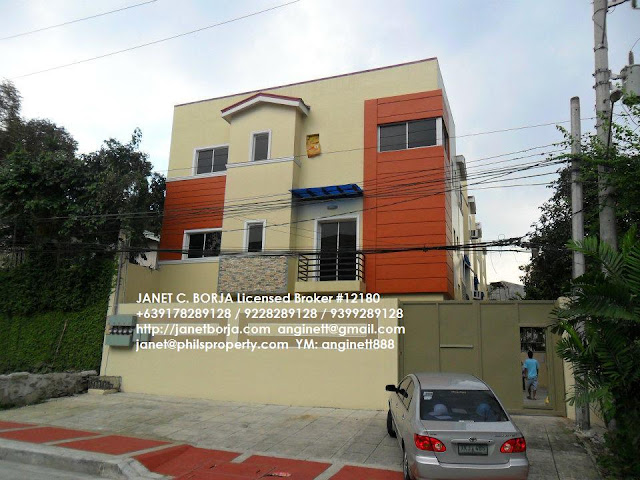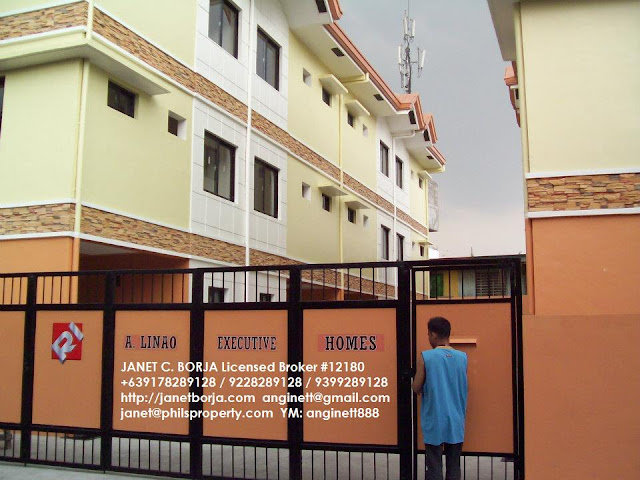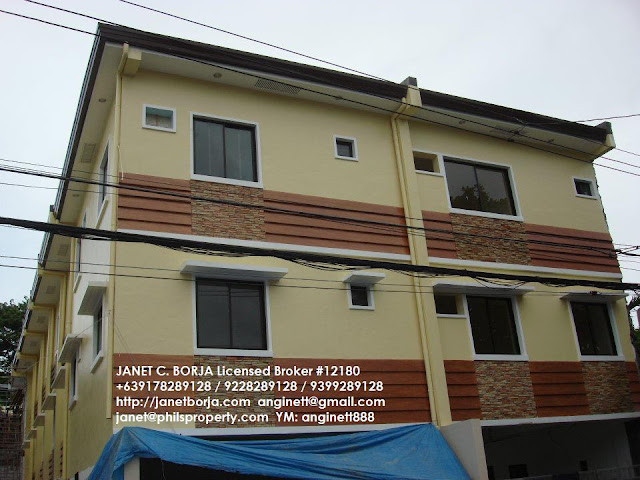Cubao, south of Diliman is an important commercial area. At its heart is the
Araneta Center
along EDSA (C-4) and Aurora Boulevard (R-6). It is a 35-hectare
commercial estate owned and developed by the Araneta family. Department
stores and retail centers can also be found here, such as Gateway Mall,
Plaza Fair, Rustan’s, Shopwise Supercenter, SM Cubao, Ali Mall, and
Farmer’s Plaza. At the center is
Smart Araneta Coliseum, often called the Big Dome. Many musical concerts, ice shows, circus shows, religious crusades, wrestling,
cockfighting,
and basketball games are held in this 20,000-capacity coliseum. In the
outskirts of Araneta Center is the Cubao Expo, an artists’ colony and
site of weekend flea markets. It is also a home to call centers like
APAC, Telus, and Stellar.
Before Quezon City was created, it was composed of small individual
towns. These were San Francisco del Monte, Novaliches, and Balintawak.
On August 23, 1896, the Katipunan led by Andres Bonifacio declared a
revolution against Spain in the house of Melchora Aquino in Pugad Lawin
(now known as Bahay Toro, Project 8). In the early 20th century,
President Manuel L. Quezon dreamt of a city that would become the future
capital of the country to replace Manila. It is believed that his
earlier trip to Mexico influenced his vision.
In 1938, President Quezon created People’s Homesite Corporation and purchased 15.29 km
2
(6 sq mi) from the vast Diliman estate of the Tuason family (This piece
of land became known as Bario Obrero “Home of the Middle Workers”
before a name change to Quezon City). The National Assembly of the
Philippine Commonwealth passed Commonwealth Act 502 known as the Charter
of Quezon City originally proposed as Balintawak City, Assemblymen
Narciso Ramos (father of President Fidel V. Ramos) and Ramon Mitra, Sr.
(father of Speaker Ramon Mitra, Jr.) successfully lobbied the assembly
to name the city after the incumbent president. President Quezon allowed
the bill to lapse into law without his signature on October 12, 1939,
thus establishing Quezon City.
After the war, Republic Act No. 333 which redefined the Caloocan-Quezon City boundary was signed by
Elpidio Quirino on July 17, 1948 declaring Quezon City to be the republic’s capital, and specifying the city’s area to be 156.60 km
2
(60 sq mi). Baesa, Talipapa, San Bartolome, Pasong Tamo, Novaliches
Poblacion, Banlat, Kabuyao, Pugad Lawin, Bagbag, Pasong Putik which
formerly belonged to Novaliches and had an area of about 8,100 hectares,
were taken from Caloocan and ceded to Quezon City. This caused the
division of Caloocan into two separate parts, the South section being
the urbanized part, the North section being sub-rural. On June 16, 1950,
the Quezon City Charter was revised by Republic Act No. 537, changing
the city’s boundaries to an area of 153.59 km
2 (59 sq mi).
Exactly six years after on June 16, 1956, more revisions to the
city’s land area were made by Republic Act No. 1575, which defined its
area as 151.06 km
2 (58 sq mi). The website of the Quezon City government states that its present area is 161.12 km
2
(62 sq mi) On October 1, 1975, Quezon City was the actual site of the
“Thrilla in Manila” fight between Muhammad Ali and Joe Frazier. On
November 7, 1975 the promulgation of Presidential Decree No. 824 of
President Ferdinand Marcos established Metro Manila.
Quezon City became one of Metro Manila’s 17 cities and
municipalities. The next year, Presidential Decree No. 940 transferred
the capital back to
Manila on June 24, 1976. On March 31, 1978, President
Ferdinand Marcos ordered the transfer of the remains of President
Manuel L. Quezon
from the Manila North Cemetery to the erected Quezon Memorial Monument
within the Quezon Elliptical Road. Manuel L. Quezon Monument and the
City Hall. On February 22, 1986, the Quezon City portion of the Epifanio
de los Santos Avenue became the venue of the bloodless
People Power Revolution. On February 23, 1998, Republic Act. No. 8535 was signed by President Fidel V. Ramos.
The Act provided for the creation of the City of Novaliches
comprising the 15 northernmost barangays of Quezon city. However, in the
succeeding plebiscite on October 23, 1999, an overwhelming majority of
Quezon City residents rejected the secession of Novaliches. Quezon City
is the first local government in the
Philippines
with a computerized real estate assessment and payment system. The city
government developed a database system that now contains around 400,000
property units with capability to record payments.
Geography
The city lies on the Guadalupe plateau which is a relatively high
plateau on the northeast corner of the metropolis – between the lowlands
of
Manila to the southwest and the
Marikina River valley to the east. The southern portion is drained by the very narrow
San Juan River and its tributaries to
Pasig River, while running in the northern portions of the city is the equally narrow Tullahan River.
The city can be divided into a number of areas. The southern portion
of the city is divided into a number of places including Diliman,
Commonwealth, the Project areas, Cubao, Kamias, Kamuning, New Manila,
San Francisco del Monte, and Santa Mesa Heights. The northern half of
the city is often called Novaliches and contains the areas of Fairview
and Lagro. Most of these areas have no defined boundaries and are
primarily residential in nature.
Climate
Quezon City features a
tropical monsoon climate, with warm weather and dry and wet seasons.
Economy
The commercial center of the city is in Cubao where many
shopping malls
and the Aurora Tower can be found. There is a farmers’ plaza and
farmers’ market. Fiesta Carnival was an enclosed amusement park cum
carnival which is located in the heart of the Cubao Commercial Center,
it has since been replaced by a branch of Shopwise, a local supermarket
chain. You will also find the
Araneta Coliseum, a venue for concerts as well as sports events.
Tomas Morato and Timog Avenues are the heart of a restaurant and
entertainment row with a wide array of prices, cultures, and flavors
while Banawe Avenue is dubbed as the Autoparts Capital of the
Philippines because of the concentration of car parts shops and
accessories and home to clusters of authentic Chinese restaurants aside
from Binondo. The tallest building in the city is a 40 storey Eastwood
Parkview located in Eastwood City.
Sub-divisions/Districts

Political map of Quezon City
Quezon City is divided into four districts composed about 142
barangays. Each district is represented by six City Councilors, four
representatives/congressmen, one from each district are elected as
members of the National Legislature. The number of barangays per
district is: District I, 37; District II, 28; District III, 37; and
District IV, 38. Although District II has the least number of barangays,
it is the biggest in land area, including the Novaliches Reservoir. The
La Mesa Ecopark
in Novaliches is the last forest of its size in the metropolis, the La
Mesa Dam is an earth dam whose reservoir can hold up to 50.5 million
cubic meters and occupying an area of 27 square kilometers, it is also
part of the
Angat-
Ipo-La Mesa water system which supplies most of the water supply of
Metro Manila.
Communications
Quezon City’s communication system is powered by the
PLDT,
Globe Telecom,
BayanTel,
and others. Cellular networking in the Philippines, particularly the
metropolitan areas, is increasing rapidly together with the low cost of
calls and text messaging. Such big companies that control the cellular
networks in the Philippines and Quezon City itself are
Globe Telecom,
Smart Communications (PLDT) and
Sun Cellular from
Digitel.
Education
The city has several major educational institutions. Two of the most well-known are the
Ateneo de Manila University and the
University of the Philippines Diliman. Also in Quezon City are medical schools such as the
Our Lady of Fatima University,
Far Eastern University – Nicanor Reyes Medical Foundation,
Capitol Medical Center Colleges, and the
University of the East Ramon Magsaysay Memorial Medical Center. The
Technological Institute of the Philippines, one of the top engineering schools in the Philippines,
Polytechnic University of the Philippines also has an extension campus in Commonwealth area. The city government operates the
Quezon City Polytechnic University,
which has campuses in Novaliches, Batasan Hills, and Barangay Sto.
Cristo. Business and management schools include Entrepreneurs School of
Asia located in Libis,
Philippine School of Business Administration (PSBA), and
National College of Business and Arts (NCBA). Popular women’s colleges such as
St. Theresa’s College of Quezon City,
St. Pedro Poveda College (formerly known as Poveda Learning Center), and
Miriam College are also found in the city. Sectarian schools such as the Catholic
Siena College of Quezon City,
St. Paul University of Quezon City,
St. Mary’s College of Quezon City,
St. Joseph’s College of Quezon City,
Colegio de San Lorenzo,
Angelicum College, Shepherd’s Grace School, the Episcopal
Trinity University of Asia, and the Iglesia ni Cristo–affiliated
New Era University are also found in the city. Other schools include
Kalayaan College, the
Central Colleges of the Philippines, Philippine Rehabilitation Institute, the main branch of the
AMA Computer University,
and numerous campuses of information technology schools such as Asia
School of Arts & Sciences (ASAS), Informatics International College,
and
STI College.
Notable secondary public schools include
Philippine Science High School Main Campus,
Quezon City Science High School,
Commonwealth High School, Ernesto Rondon High School,
Don Alejandro Roces Sr. Science-Technology High School, Batasan Hills National High School, and the
University of the Philippines Integrated School. Quezon City also holds the largest number of private elementary and secondary schools in Metro Manila, such as
St. James College of Quezon City Angelicum College,
Ateneo de Manila Grade School and High School,
Claret School of Quezon City, Sacred Heart Academy (with branches in La Loma and Novaliches),
Diliman Preparatory School,
Miriam College Grade School and High School,
School of the Holy Spirit,
School of Saint Anthony,
Jose Abad Santos Memorial School PWU-JASMS in Edsa.,
Mater Carmeli School,
Grace Christian High School, Quezon City Christian Academy,
Lourdes School of Quezon City,
Our Lady of Fatima University, Falcon School (Quezon City), Marian School of Quezon City, Divine Grace School, Holy Family School, St. Bridget School,
Quezon City Academy.
The diocesan schools are the Immaculate Concepcion Cathedral School
(Diocese of Cubao) and Good Shepherd Cathedral School (Diocese of
Novaliches). Many Catholic parishes also operate parochial schools of
their own as well.
Transportation
Railways
An elevated rail transit system (MRT-4) that was supposed to follow
the general alignment of Quezon and Commonwealth Avenues (R-7) was
shelved. In its place, a 22 kilometer rail system will be built. The
MRT-7 project will commence at North Avenue, connecting the MRT-3 at its
northern terminus. It will then go through Commonwealth Avenue, then
through Regalado, Quirino Highway, ending in San Jose del Monte,
Bulacan. The system has a proposed spur line to connect itself to MRT-2
in Katipunan, passing through the University of the Philippines Diliman
and Katipunan Avenue.
A elevated
UP Diliman Monorail, also known as
Automated Guideway Transit is now currently under construction that will rise at the end of this year, the first monorail system in the Philippines.
The following elevated railway stations in the city (Only 13 Stations):

Katipunan Avenue, a major road in Quezon City.
MRT-3 (with 5 Stations):
LRT-2 (with 5 Stations):
LRT-1 (with 3 Stations)
Public Transport
Public transportation within the city, like in most of the urban
areas in the Philippines, is facilitated mostly using inexpensive
jeepneys and
buses. Tricycles give access to more secluded areas, while
taxi cabs are available to navigate any course.
This City has 3 Circumferential Roads. The following are:
- C-3: Sgt. Emilio Rivera Avenue and Araneta Avenue
- C-4: Epifanio de los Santos Avenue or EDSA
- C-5: Mindanao Avenue, Tandang Sora Avenue, Congressional Avenue Extension, Katipunan Avenue and Col. Bonny Serrano Avenue.
For the list of other Quezon City Major Roads,
see Major roads in Metro Manila
For your inquiry :
JANET C. BORJA Lic. Broker #12180


















